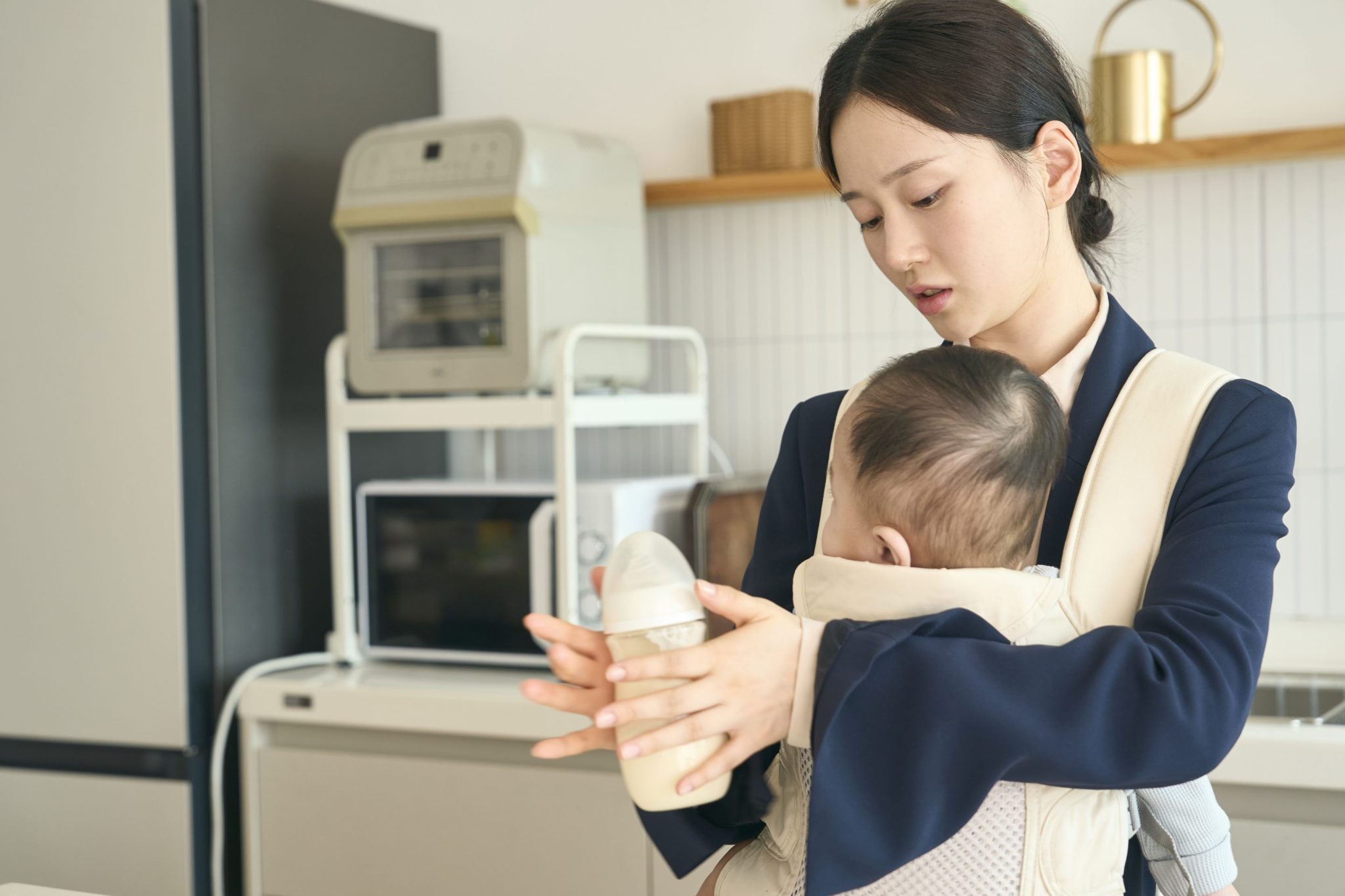
Working women across the world continue to face wage inequality and a rollback in leadership representation—and the “motherhood penalty” makes their career success even harder. As employer demands force women in the U.S. out of the workforce, South Korean companies are stepping up to better the situation for female talent.
South Korean banks have rolled out several special perks to maintain women staffers. Last year, KB Kookmin Bank offered a “parental resignation” program where employees can take up to three years of unpaid child leave, and return to the job with the same rank and position from before—ensuring they don’t experience career setbacks from a long break. Financial group Woori offered its staffers a similar deal, with the cap set at two-and-a-half years. Other employers, like Shinhan Bank, also offer congratulatory “baby bonuses” to its staffers.
Even foreign banks that have set up shop in the country are making changes; Citibank Korea was the first company to offer four weeks of paid paternity leave to ease the burden on working parents, and also created a Flexible Work System in which employees can apply for remote or flex time. Standard Chartered has also implemented 20 weeks of paid parental leave globally to all workers—regardless of their gender.
To incentivize workers to have children, some South Korean companies beyond the banking sector are also putting their money where their mouth is. Earlier this year, South Korean construction company Booyoung Group announced it would give 100 million Korean won ($75,000) to each employee that has a baby. The business is also helping its parent staffers by aiding in college tuition for their kids, expensing medical coverage for direct family members, and shelling out on child allowances. The perk is available to both working men and women among the 2,500-person workforce.
Early results are positive
So far, it’s helped women stay in the labor force; South Korean women stick around at Korean banks for an average of 14.5 years, compared to men who stay for 15.4 years, according to Seoul-based business data platform Leaders Index. And with women accounting for more than half of the nation’s financial sector workforce, it’s critical they keep this talent group in the loop.
However, it should be noted that these working women still face stark differences on the job; South Korea still has the widest gender pay gap among wealthy countries in the OECD, with women earning 33.7% less than men, despite boasting a level of advanced education above the average.
While South Korean companies attempt to bridge the gender gap and keep their top performers, U.S. employers are moving forward with their own policies—no matter the impact on its women workers.
South Korea and America’s strategies with working moms
South Korea and the U.S. are both facing one major long-term labor issue: birthrates are declining. As women have gained access to higher education, unlocked prestigious jobs, and reprioritized their life goals, many are opting out of motherhood. But also, finances are straining opportunities to start a family; childcare costs have outpaced rent and mortgages in the U.S., the prices of everyday goods are skyrocketing, and the “motherhood penalty” can set women back $500,000 over the course of their careers.
The policy response in the U.S. is largely different from South Korea, though: U.S. companies are bringing down the hammer on working mothers. Employers including Amazon, JPMorgan, and Paramount Skydance have enforced strict return-to-office measures, leaving parents with a new burden. It’s a trend that’s forced tens of thousands of American women—particularly those with young kids—to up and leave the workforce. The labor force participation rate of women aged 25 to 44 taking care of children under 5 fell nearly 3% between January and June 2025, falling to the lowest level in over three years, according to an analysis of federal data by Misty Heggeness of the University of Kansas, a former federal economist.
The decline is even starker for the highly educated, presumably more affluent cohort. The labor force participation of college‑educated mothers caring for young kids fell to about 77% in August 2025 from nearly 80% in 2023, while participation of fathers in similar situations edged up, according to a 2025 KPMG report. Women with children who have attained a bachelors or higher represent the largest decline in labor force participation since 2023.















